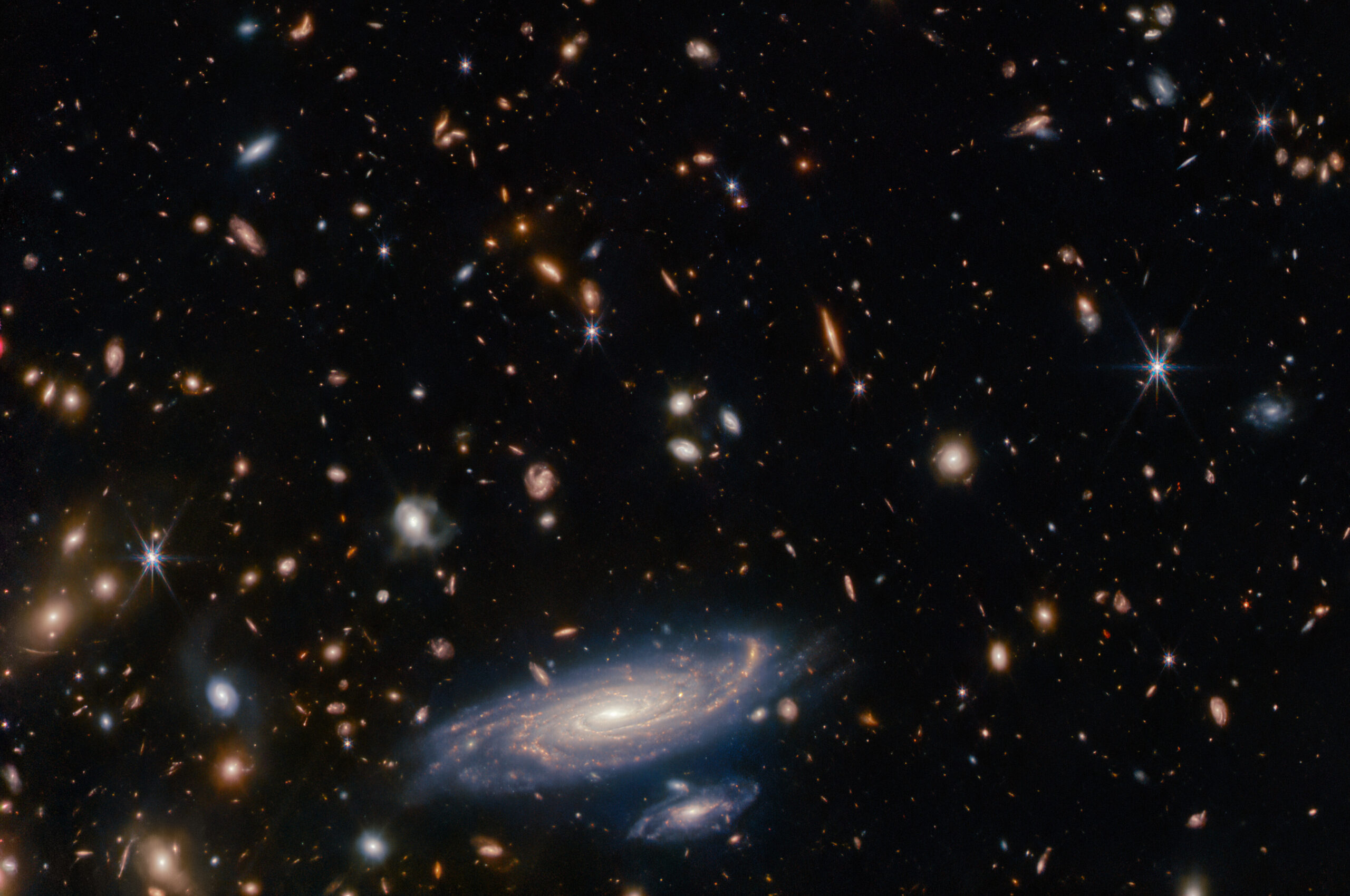Webinar with Juri Poutanen (University of Turku, Finland)
recorded on September 26, 2024
Electromagnetic radiation observed from various cosmic sources is intrinsically polarized, with its polarization depending on the geometry and, specifically, the asymmetry of the source. Polarimetry offers an independent method for exploring the physics and astrophysics of cosmic objects, complementing traditional techniques such as imaging, spectroscopy, and timing. It enables us to determine the geometry of otherwise unresolved sources—for instance, identifying the orientation of the symmetry axis of a source or the magnetic field in the sky—providing insights that no other technique can offer.
What have White Dwarfs, Neutron Stars, and Black Holes in common? – Accretion disks! For a Swiss who has stirred cheese in multiple occasions and settings, a direct comparison to fork-induced cheese swirls seems obvious. As Alexandra Veledina from University of Turku in Finland points out, the spinning matter of the two might look similar but the physics involved are fundamentally different. Veledina was one of the lead conveners of the ISSI Workshop on Accretion Disks bringing together more than thirty international experts to discuss and sharpen our understanding about them that we developed over the past fifty years.
Online Seminar with Roberto Maiolino (Cambridge University, UK)
The James Webb Space Telescope is revolutionising most areas of astrophysics. One of the most exciting and puzzling findings has been the discovery of a large population of massive black holes within the first billion years after the Big Bang.
In the blockbuster science fiction movie “Interstellar” (Warning: spoiler alert!), a team of intrepid astronauts set out to explore a system of planets orbiting a supermassive black hole named Gargantua, searching for a world that may be conducive to hosting human life. With Kip Thorne as science advisor, the film legitimately boasts a relatively high level of scientific accuracy, yet is still restricted by Hollywood sensitivities and limitations. In this talk, we will discuss a number of additional effects that may be important in determining the (un)inhabitable environment of a planet orbiting close to a giant, accreting black hole like Gargantua. In doing so, we hope to reach a greater understanding of the fascinating physics governing accretion, relativity, astrobiology, dark matter, and yes, even gravitational waves.
